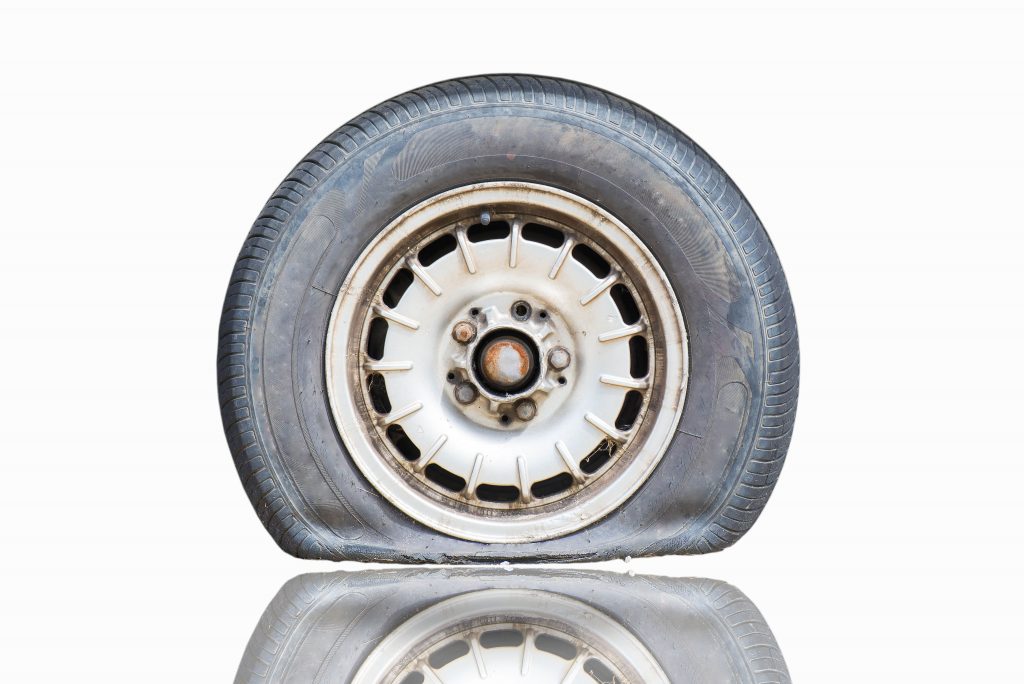Getting regular professional checks undisputedly contributes to safer driving. And no driver contests this fact. Drivers across the board agree that experts need to look at every important component of their vehicle, from the battery right through to the rubber door and window seals, to ensure it is in proper working order. They rely on these specialists to carry out multiple checks on the brake fluid, the cooling system, the air filter, exhaust system and windshield washer system among many others. And it should come as no surprise that tyre checks and consultation are equally important. Damaged tyres compromise the performance of vehicles and can lead to even more costly repairs.
Hence, to help you better take care of your tyres, we’ve made a small list of simple but important steps to keeping your tyres in tip-top condition:
1. Regularly change the tyres
Generally speaking, you should consider replacing tyres that are of about 5 years old or that have been used for around 10 years. To help you in this process, manufacturers have imprinted each tyre with its production date. However, there is no definitive tyre age limit as to when tyres ought to be replaced. Tyres are also considered to be ‘old’ as soon as small cracks, known as crazing, start to appear in the tyre sidewall. Another telltale sign is when the tread depth decreases below the recommended tread depth. Any manufacturer worth their salt have tread wear indicators added on tyres for their clients to know when the tread is wearing out. Look out for these elements when you are purchasing new tyres.
Because tyre fitting involves precision work, find a garage that has the ability and equipment to reliably handle tyre fitting. Motorworks in Dubai has a team of skilled personnel who conducts tyre fitting with utmost care.
2. Keep an eye out for damage and unusual wear and tear

Since tyres are the only point of contact between the car and the road, good tyre condition is extremely important for your safety on the road. If the rubber is not in good condition, you are putting your life and that of anyone who drives with you in, potentially, mortal danger. So, any responsible drivers should do regular physical checks on the tyres and look out for any signs of unusual wear or damage. Those signs include, but are not limited to, cuts and bulges. Any sign of a cut or puncture should be a red flag and warrants an urgent visit to a professional mechanic. In some cases, the tyre will need to be replaced altogether with a new one.
3. Monitor the pressure regularly

Since tyres can lose up to 1psi (pounds per square inch) every month, make it a duty to check the pressure in the tyres, including in the spare, at least every month and before long journeys. Because tyre pressure can affect steering, handling, braking and mileage, it is essential to maintain tyre pressure at the level recommended by the manufacturer. If the tyre is at the correct pressure, there are lower risks of you losing control of the car and avoid putting yourself and any passengers in danger.
You can either purchase a trusted tyre pressure gauge or make a short trip to the local petrol station to check the pressure. For a more accurate reading, you want to check the pressure when your tyres are cold. In this context, the term cold means before you’ve driven or at least three hours after you’ve driven.
4. Be careful when mixing tyres
Experts recommend that tyres must conform to size, load index and speed rating recommendations provided by the vehicle manufacturer. Mismatched tyres can pose a danger to you, to passengers in your car and other road users. Hence why vehicle manufacturers recommend that all tyres be replaced at the same time. Yet, if you still choose to not have all the tyres replaced at one go, ensure that your new tyres are the same in size and type as your current tyres and that your dealer always installs the new tyres on the rear axle of your vehicle. It would be advisable to replace two tyres at a time instead of just one because replacing a single tyre can have serious adverse effects on suspension systems, gear ratios, and tyre treadwear.
But if you are short on cash, there’s always another way to ensure optimized vehicle performance: rotating the tyres. It is a proven strategy that helps maximize tyre service life and tyre wear. The rotation pattern and frequency will depend on the custom guidance provided by the manufacturer and on whether you have symmetrical, asymmetrical or directional tyres. Talk to a mechanic for a more in-depth explanation.
With all that mentioned, your driving habits can also help keep your tyres in top condition. Remember to be careful when mounting curbs, slow down for speed bumps and look out for uneven road surfaces and potholes.




